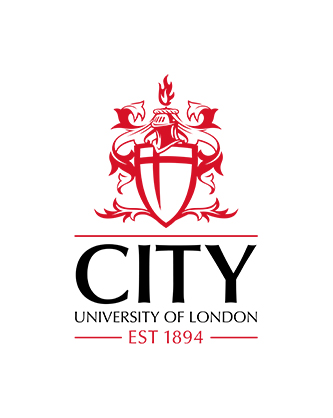Clinical and cost-effectiveness of diverse posthospitalisation pathways for COVID-19: a UK evaluation using the PHOSP-COVID cohort
Briggs, A. H., Ibbetson, A., Walters, A. , Houchen-Wolloff, L., Armstrong, N.  ORCID: 0000-0003-4046-0119, Emerson, T., Gill, R., Hastie, C., Little, P., Overton, C., Pimm, J., Poinasamy, K., Singh, S., Walker, S., Leavy, O. C., Richardson, M., Elneima, O., McAuley, H., Shikotra, A., Singapuri, A., Sereno, M., Saunders, R. M., Harris, V. C., Greening, N. J., Harrison, E., Docherty, A., Lone, N. I., Quint, J. K., Chalmers, J., Ho, L-P., Horsley, A. R., Raman, B., Wain, L. V., Brightling, C. E., Marks, M. & Evans, R. A. (2025).
Clinical and cost-effectiveness of diverse posthospitalisation pathways for COVID-19: a UK evaluation using the PHOSP-COVID cohort.
BMJ Open Respiratory Research, 12(1),
article number e003224.
doi: 10.1136/bmjresp-2025-003224
ORCID: 0000-0003-4046-0119, Emerson, T., Gill, R., Hastie, C., Little, P., Overton, C., Pimm, J., Poinasamy, K., Singh, S., Walker, S., Leavy, O. C., Richardson, M., Elneima, O., McAuley, H., Shikotra, A., Singapuri, A., Sereno, M., Saunders, R. M., Harris, V. C., Greening, N. J., Harrison, E., Docherty, A., Lone, N. I., Quint, J. K., Chalmers, J., Ho, L-P., Horsley, A. R., Raman, B., Wain, L. V., Brightling, C. E., Marks, M. & Evans, R. A. (2025).
Clinical and cost-effectiveness of diverse posthospitalisation pathways for COVID-19: a UK evaluation using the PHOSP-COVID cohort.
BMJ Open Respiratory Research, 12(1),
article number e003224.
doi: 10.1136/bmjresp-2025-003224
Abstract
Background
Long covid has emerged as a complex health condition for millions of people worldwide following the COVID-19 pandemic. Previously, we have categorised healthcare pathways for patients after discharge from hospital with COVID-19 across 45 UK sites. The aim of this work was to estimate the clinical and cost-effectiveness of these pathways.
Methods
We examined prospectively collected data from 1013 patients at 12 months postdischarge on whether they felt fully recovered (self-report), number of newly diagnosed conditions (NDC), quality of life (EuroQoL-five dimension-five level (EQ-5D-5L) utility score compared with pre-COVID estimate) and healthcare resource costs (healthcare records). An analysis of the cost-effectiveness was performed by combining the healthcare resource cost and 1-year EQ-5D (giving a quality-adjusted life-year (QALY)) using statistical models that accounted for observed confounding.
Results
At 1 year, 29% of participants felt fully recovered, and 41% of patients had an NDC. The most comprehensive services, where all patients could potentially access assessment, rehabilitation and mental health services, were more clinically effective when compared with either no service or light touch services (mean (SE) QALY 0.789 (0.012) vs 0.725 (0.026)), with an estimated cost per QALY of £1700 (95% uncertainty interval: dominated to £24 800).
Conclusion
Our analysis supports the need for proactive, stratified, comprehensive follow-up, particularly assessment and rehabilitation for adults after hospitalisation with COVID-19, showing these services are likely to be both clinically and cost-effective according to commonly accepted thresholds.
| Publication Type: | Article |
|---|---|
| Additional Information: | © Author(s) (or their employer(s)) 2025. Re-use permitted under CC BY. Published by BMJ Group. |
| Subjects: | R Medicine > RA Public aspects of medicine > RA0421 Public health. Hygiene. Preventive Medicine |
| Departments: | School of Health & Medical Sciences |
| SWORD Depositor: |
Available under License Creative Commons Attribution.
Download (983kB) | Preview
Export
Downloads
Downloads per month over past year


 Metadata
Metadata Metadata
Metadata